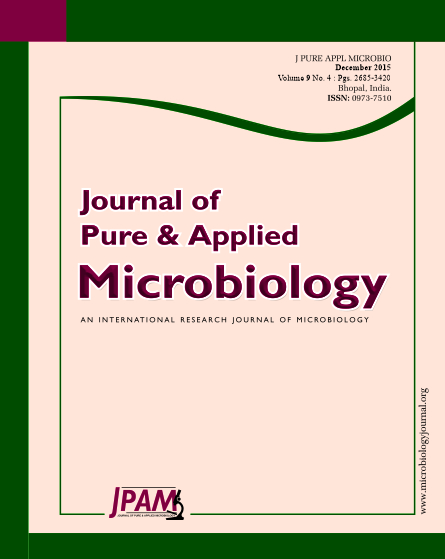Bio-ethanol is a readily available, clean fuel for combustion engines made from plant-based feedstock s. It produces considerably lower gas emissions on combustion and it only releases the same amount of carbon- dioxide (CO2) as plants bound while growing. With advanced, energy saving production technology bio-ethanol can considerably reduce the climate relevant greenhouse gas emissions from transport and traffic. In recent years, largely in response to uncertain fuel supply and efforts to reduce carbon dioxide emissions, bio-ethanol has become one of the most promising biofuels today and is considered as the only feasible short to medium alternative to fossil transport fuels. Bio-ethanol is seen as a good fuel alternative because the source crops can be grown renewably and in most climates around the world. In addition the use of bioethanol is generally CO2 neutral. This is achieved because in the growing phase of the source crop, CO2 is absorbed by the plant and oxygen is released in the same volume that CO2 is produced in the combustion of the fuel. It balances the carbon cycle on the earth. This creates an obvious advantage over fossil fuels which only emit CO2 as well as other poisonous emissions. The Ethanol tolerance investigation was carried out to isolate yeast strains from their natural habitats and to screen them for ethanol tolerance and ethanol production. Out of 40 microbial culture10 were identified as Saccharomyces strains based on colony type and budding characters. Saccharomyces species were screened for the ability to tolerate different ethanol concentrations from 0%-24%. Growth in different ethanol concentrations varied from one strain to another. Yeast strains showed tolerance level from 7-15%. Even though some strains had tolerance at 15 to 16% but the growth was less. Yeast from Sugarcane juice and grapesshowed highest tolerance and pineapple showed least tolerance among 10 isolates
Yeast, Saccharomyce, Bio ethanol and Ethanol Tolerance.
© The Author(s) 2015. Open Access. This article is distributed under the terms of the Creative Commons Attribution 4.0 International License which permits unrestricted use, sharing, distribution, and reproduction in any medium, provided you give appropriate credit to the original author(s) and the source, provide a link to the Creative Commons license, and indicate if changes were made.


